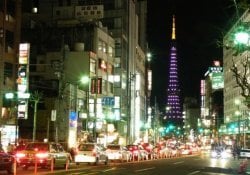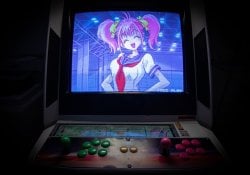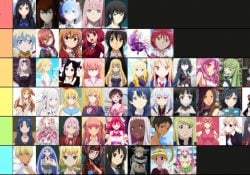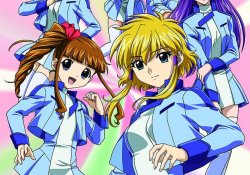08:15 – 23-year-old Masa wakes up; he works in Tokyo for one of the biggest game companies in Japan. He lives alone in a typical Japanese apartment, these apartments are known for their efficient use of space, meaning they are small. Like most Japanese people, he doesn't take a bath in the morning, even to save time, he prefers to take it at night – the Japanese bathe not only to keep themselves clean, but also to relax, often in a hot tub. So he washes his face, brushes his teeth, takes off his pajamas and gets dressed for work, a routine that takes no more than 10 minutes.
09:10 – He's already on his way to the train station so he can go to work – it's raining and Masa is using an umbrella. He arrives at the company around 09:50. Masa works for Bandai Namco studios, which is the entertainment division of Bandai Namco, a Japanese company famous for producing games like Tekken, Mario Kart and even Pac-man. The company has about 1,000 employees occupying 5 floors of a building in Tokyo.
Masa gets to work – he spends most of the day programming
Upon reaching the floor where she works, Masa clocks in and goes to her desk, turns on her computer, takes off her shoes and puts on comfortable sandals.
Before starting to program, Masa checks his e-mail, as well as the company's internal social network, he does all this while eating something – his breakfast.
Next to Masa's table there is a 'video game corner' where people keep some consoles such as: PS, Xbox, Switch and virtual reality glasses in addition to a powerful computer.
On the second floor is the staff lounge. There are at least 4 bins for different types of garbage; it also has a pot of hot water and a microwave. There is also a snacks corner and also a fridge with ice cream and other goodies and any employee can pick them up since the products are replaced according to the amount that is being deposited at the cashier - the system used there is the 'pick-up-pay' based on in the honesty system. Would this work if it was here in Brazil?
The work environment is similar to that of any other company – we could imagine that, as it is a game production company, we would have a facebook, google-style environment there, but this is not the case, were it not for the posters with the game characters and some other details we would not imagine that games are produced there.
Console and game library
On one of the floors of the company, there is still a library of electronic games and classic consoles, everything you can imagine: Nintendo, PC Engine/TurboGrafx 16, Super Nintendo/SNES, SEGA Master System, SEGA Saturn, Family Computer... There are over 3 shelves full of games (cartridges and CDs) and consoles.
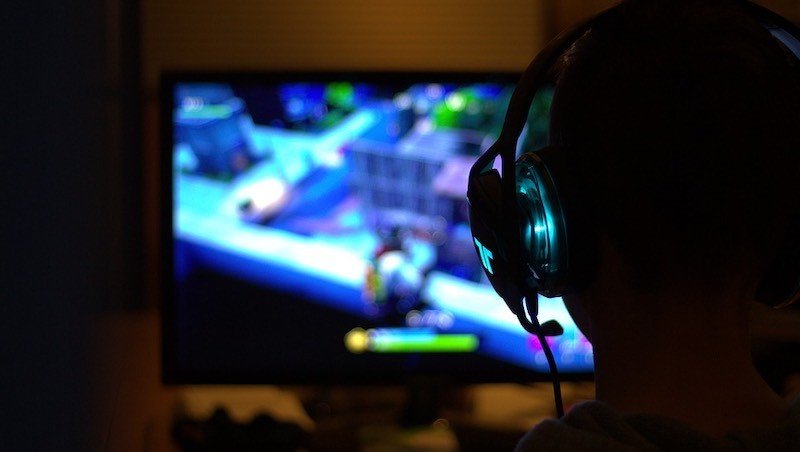
Lunch time
12:00 - Masa goes out to lunch with his colleague -同期・どうき – who started working at the company at the same time as him. In fact, it is common for Japanese companies to make mass hiring once a year of young graduates from Japanese universities.
“同期・どうき: someone who started working or studying at the same time as someone else. Ex: Students who graduate from different colleges, but start working at the same company at the same time.”
In the building there is a cafeteria, and some food trucks come to the front of the building every day, but it's not always the same truck, it varies every day. The queue to order is huge and with the rain and the cold the situation is even less pleasant. But Masa says he doesn't always come to the food truck, sometimes he goes out to lunch or buys something at the nearest convenience store.
Question: Is this Bandai Namco's only office in Japan?
Masa Colleague Answer: There are many (different) companies in the Bandai Namco group, so if you consider all the companies in the group, they are literally everywhere.
For lunch, Masa ordered a bowl of roasted duck; before they eat, Masa and his colleague put their hands together and say: いただきます... which means: let's eat or, thank you for the meal.
After they finish eating and just before going back to work Masa and his colleague go to a space with an arcade with their 'beloved Pac-Man' – the screen is huge, bigger than them, and the controls seem to be very comfortable. Employees can play the games available there anytime for free.
The article is still halfway through, but we recommend also reading:
'Code Vein'
13:00 Masa returns to his desk and continues programming. Meanwhile, on another floor… Apparently there are different teams working in different parts of the office; Let's talk to one of them:
– Excuse me, then, what is your role here? – I am the director and development producer of code vein which was recently released. – What is code vein? – code vein is a dramatic exploration action RPG with animated characters that are set in a dangerous cave. - Can you show me? – oh, the game? I'll show you somewhere else After the console has been prepared and the game loaded. – The main characters of code vein are all Draculas, so you can customize your own Dracula. – Wow, the graphics are awesome… How long did it take to develop the game? – From the planning… it took, uh, like 5 years. – There was a time when we had 200 people working on the development of the game.
Even when the game is released the development is still not complete, the game keeps getting updated based on user feedback and creating new content for download.
Looks like there's a group meeting, let's go talk to them.
'Tekken 7'
- Hello, excuse me, can I ask you some questions? - Oh, hello, sure... - So, what are you working on? - We developed a game called Tekken 7 and I am the director of this game. - What are you doing right now? - Well, here we have downloadable content called 'season pass 3' and we're checking it out. - Can I have a peek at what you're doing? - It's a secret! (laughter)
Nearby there is a station with arcades with Tekken 7 where people test the characters and their functionality, this is a very important part of the job.
A few meetings and a nap break
14:00 – Masa is not working at his desk, he is attending a 'scrum' meeting – they have this meeting which lasts about 30 minutes every day, at the meeting they review what they had planned the day before, what needs to be done today and discuss problems that may arise, they use software to manage the tasks and show everything on a screen during the meeting.
'Scrum' is an 'agile methodology' for management and planning of software projects. Projects are divided into monthly cycles called 'sprints', the sprint represents a 'time box' within the which a set of activities is to be performed.
14:30 – Before going back to his desk and continuing to program, Masa, who is already a little tired, goes to the company break area to take a nap… a little while later he goes to the company drinks machine – drinks are free -, has tea, soda, juice.
17:00 - Then, Masa goes to a second 'Scrum' meeting - in this one that takes place every two weeks they review the 'sprint'. The meeting room can be scheduled through a digital panel, which makes everything more convenient.
18:00 – Now, he's finishing his tasks, checking the emails he couldn't see during meetings and writing a summary of everything he did today.
Masa goes to meet his friends so he's leaving work early. He's hungry so he can't wait for dinner.
Masa is almost done with his work for today, then he's going out with some friends
19:07 – Masa is leaving, just over 8 hours later, but he says he occasionally has to stay and work overtime when he's working on big projects. Overall this is good. Japanese companies often require their employees to work a lot of unpaid overtime!
Masa meets his friends for dinner: おつかれさまです – is used to greet co-workers; the literal translation would be something like: 'thanks for your work'.
Today is payday and Friday, by the way, so they can relax a little more.
In Japan people usually order drinks on their own while sharing food, in the end the group splits the bill evenly regardless of how much each person drank or ate; many restaurants allow their customers to smoke indoors – in the '居酒屋・いざかや' bars it is common to see people smoking.
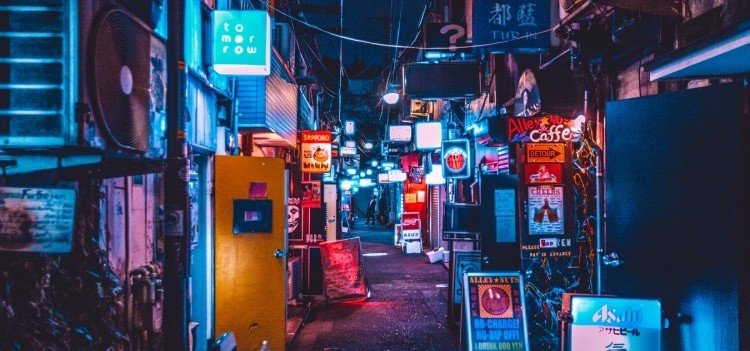
In her spare time Masa assembles GUNDAM dolls, watch YouTube videos and play
21:30 – Masa says goodbye to his friends and goes to the subway station so he can go home. Even after work, the place where Masa spends the most time is at the computer. He says that during his free time he likes to play games and do other things.
– Masa, did you watch YouTube? – Yes, recently I've been watching this channel about GUNDAM・ガンダム that SUNRISE launched. I can spend all day watching GUNDAM. It is possible to see several GUNDAM boxes and dolls in the apartment.
- What are you going to do for the rest of the night? - I'm going to build a GUNDAM doll until it's time to go to bed, there are several dolls that I haven't built yet, today I'm going to build this one - model: MS-06R-2 JOHNNY RIDDEN'S ZAKUII.
So, it looks like Masa will spend a few hours assembling the GUNDAM doll, he should go until midnight, that's it, that was a day in the life of a Japanese programmer.


